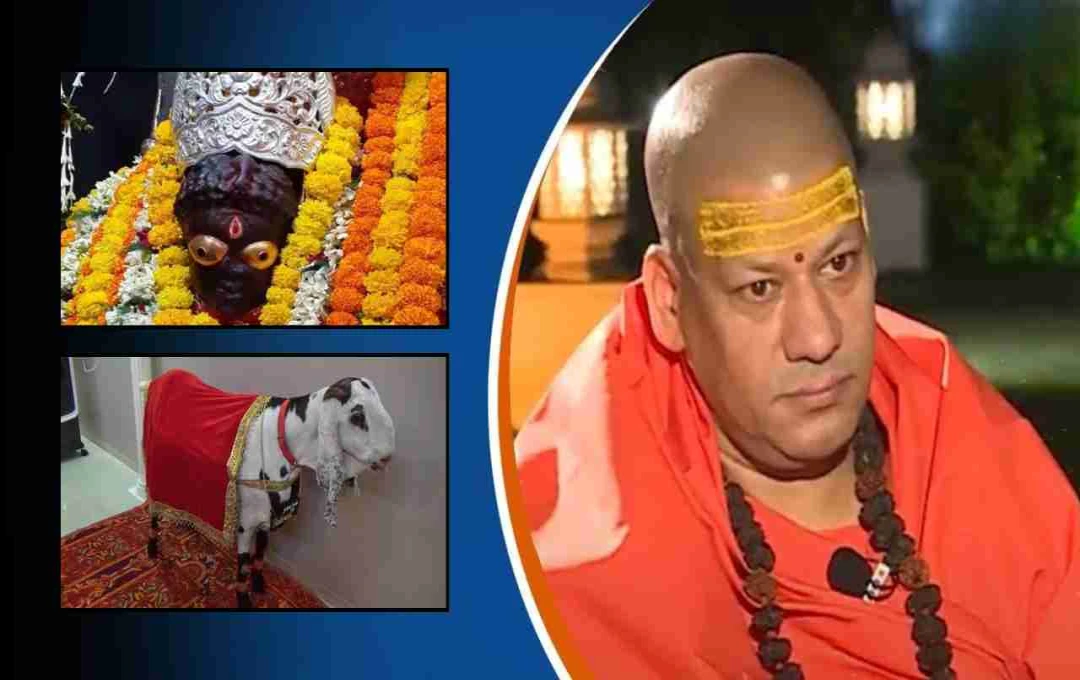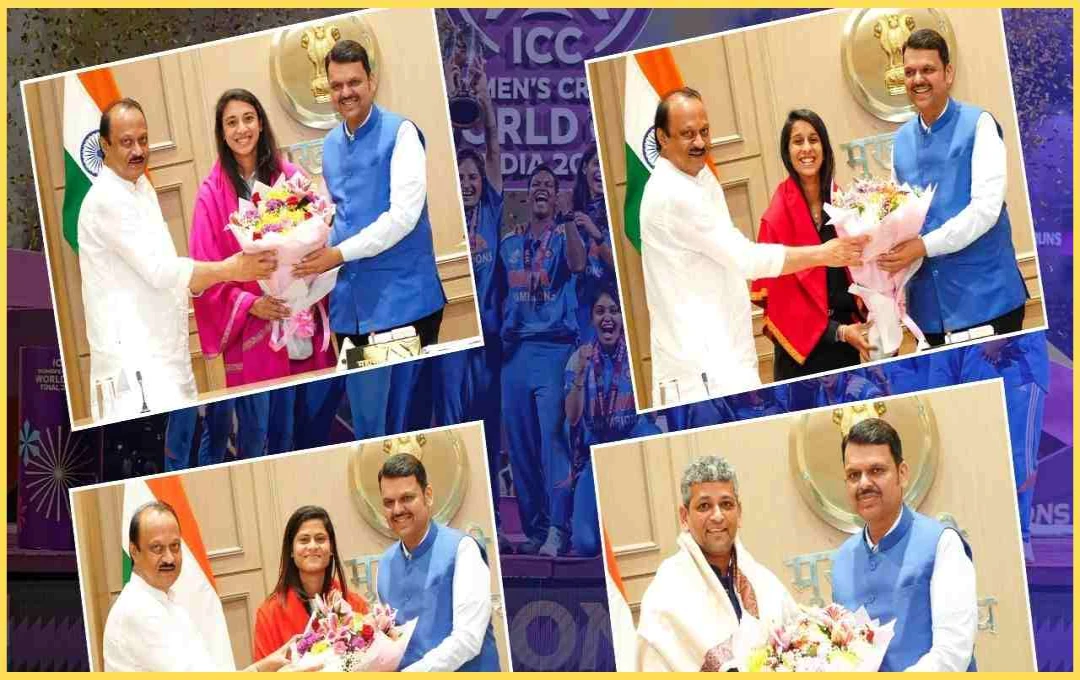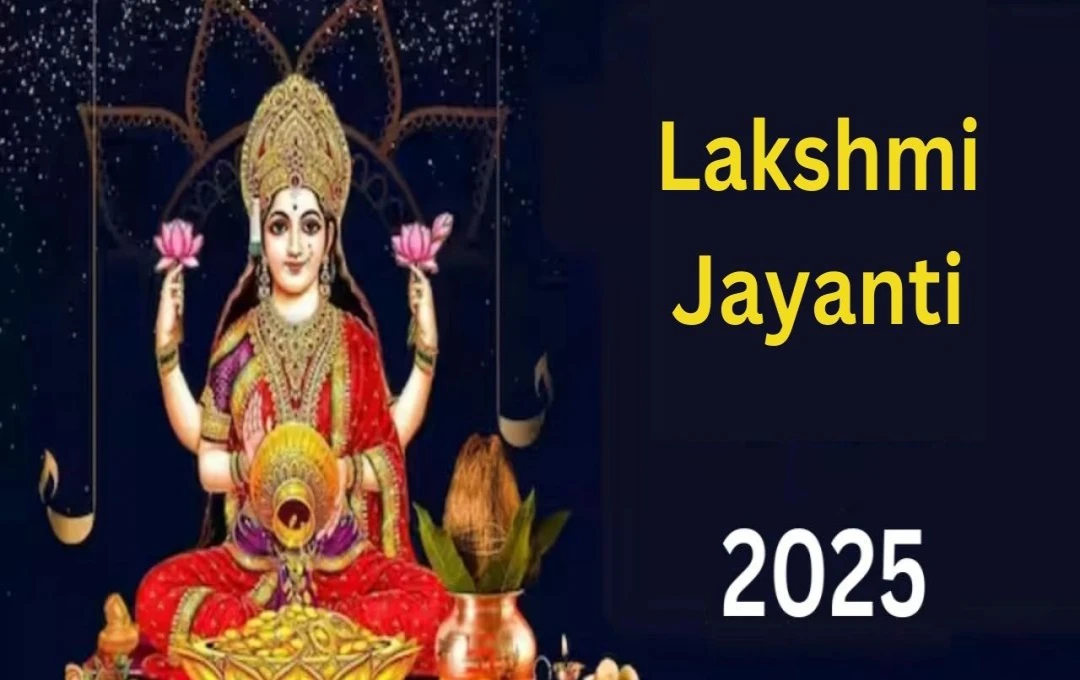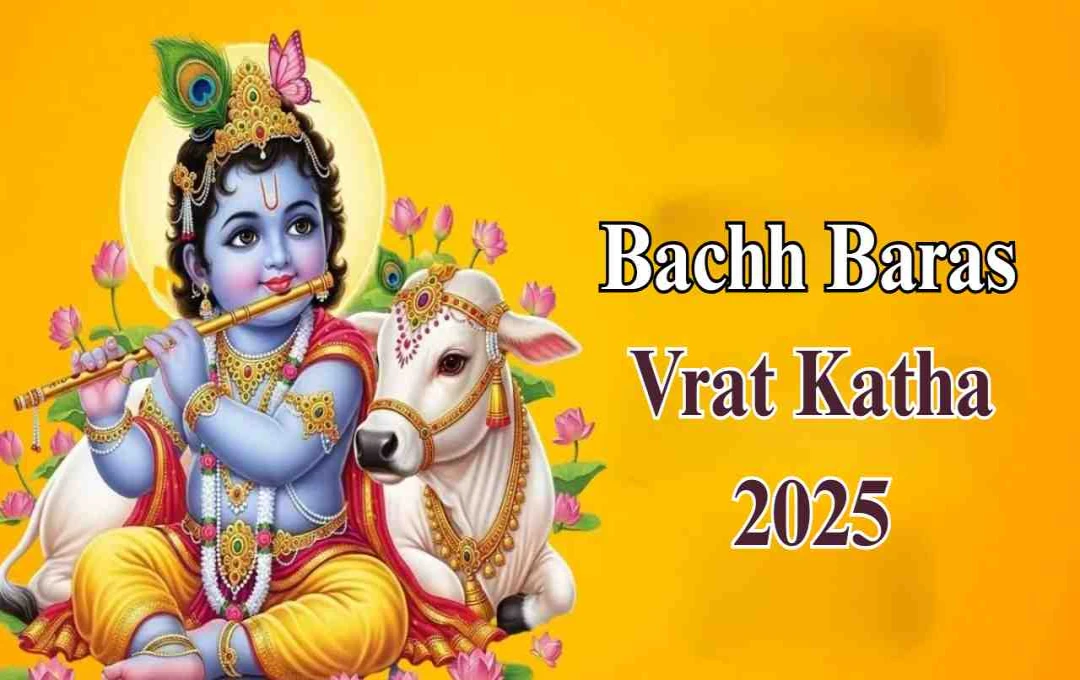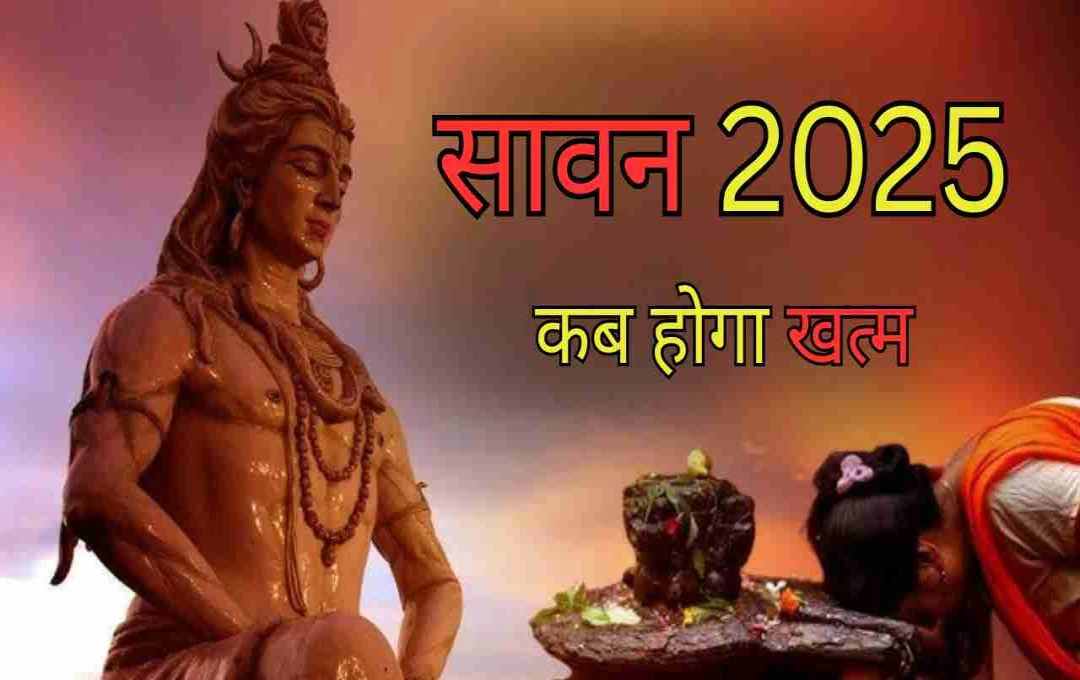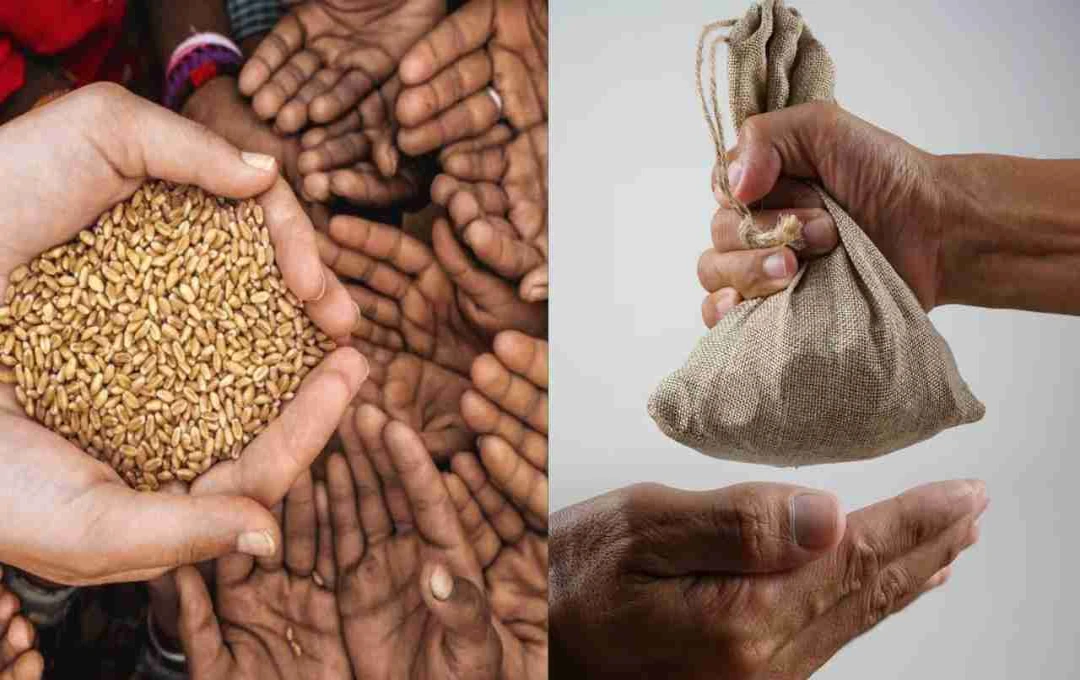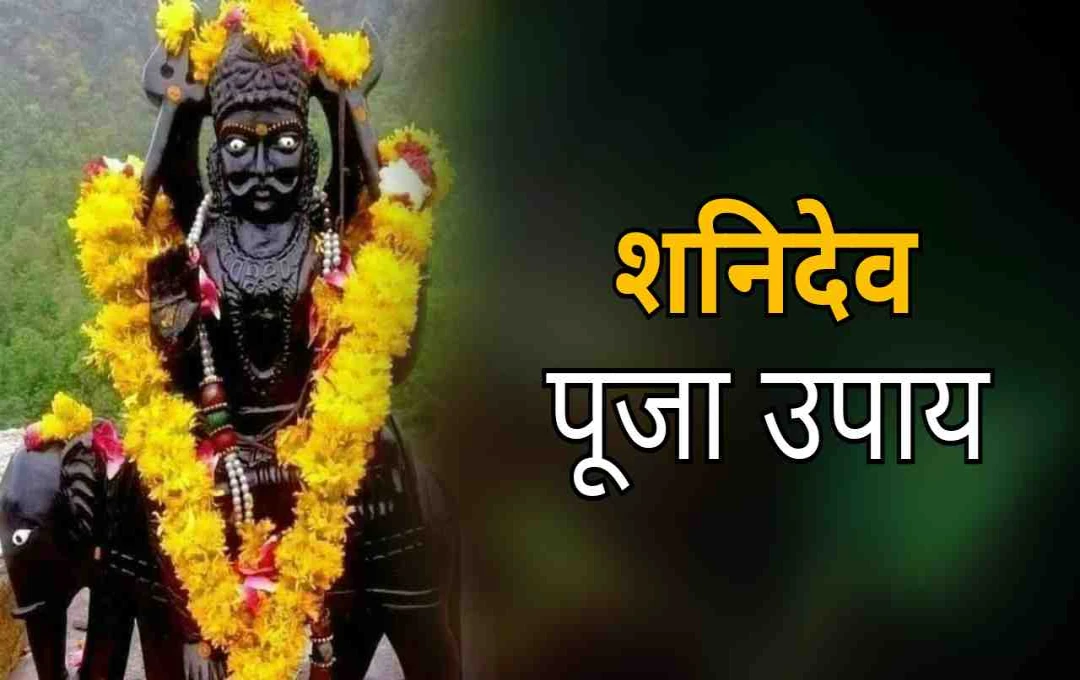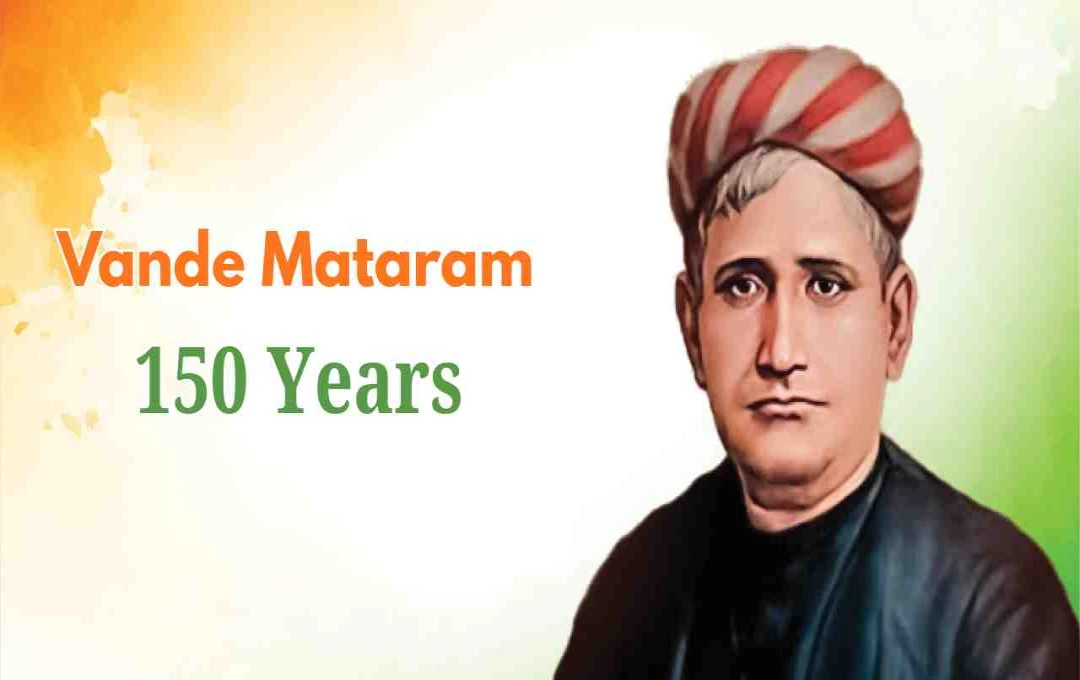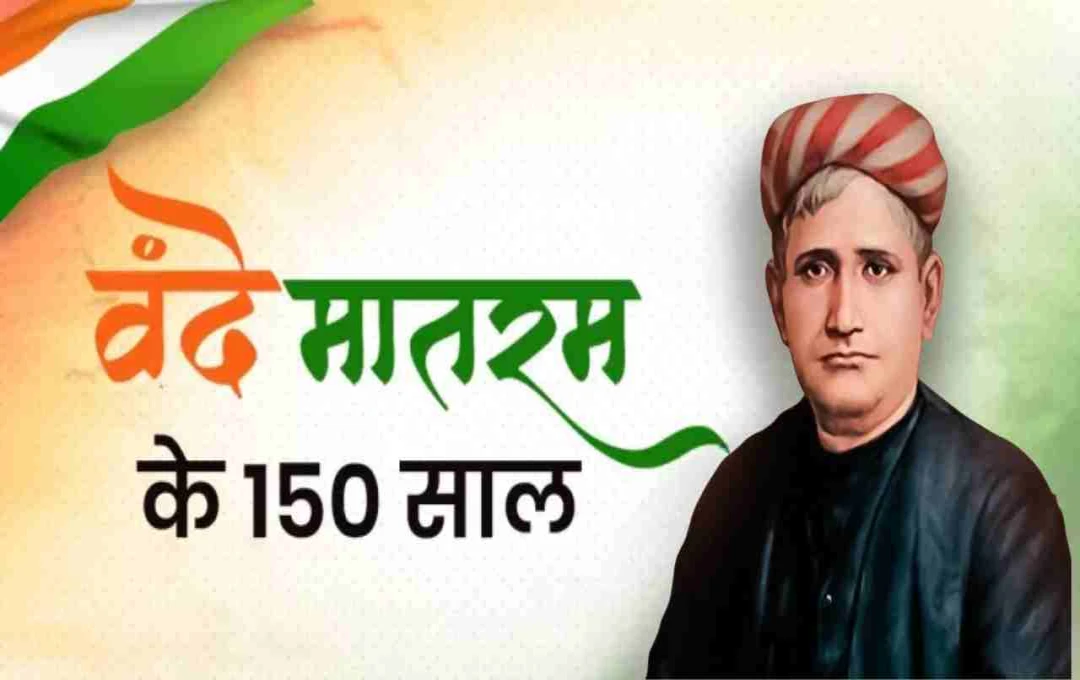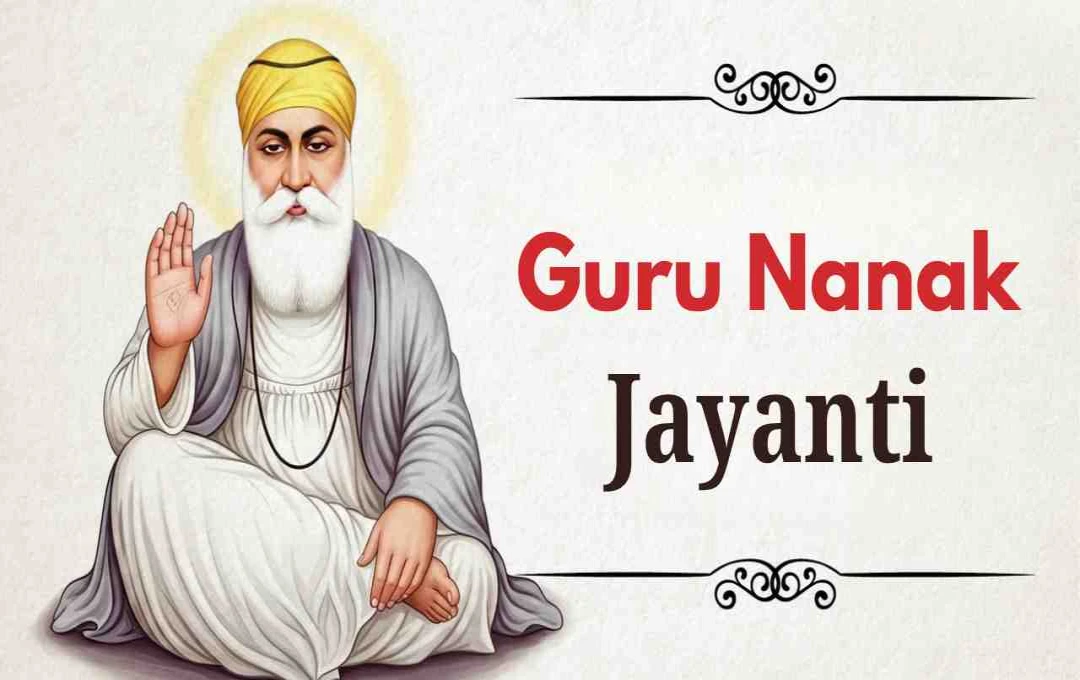The tradition of offering animal sacrifices to deities during festivals like Navratri, Kali Puja, and Dussehra continues in many parts of the country. Some consider it a symbol of devotion, while others oppose it, calling it violence. Particularly when it comes to the worship of goddesses, society is divided over the practice of sacrifice. Spiritual leader Swami Kailashanand Giri has expressed his clear opinion on this issue, speaking in the light of religious texts and scriptures.
Swami Kailashanand Giri: Sacrifice Doesn't Only Mean Animal Sacrifice
Swami Kailashanand Giri explained in a religious discussion that the tradition of offering sacrifices has been going on since ancient times. He mentioned Durga Saptashati, saying, "Bali Pradhana Pujaya Magna Karya Mahotsava," meaning that when the festival of the Goddess is celebrated, offering sacrifice is considered necessary. But he also added that sacrifice does not only mean sacrificing animals.
According to Swami Ji, sacrifice can take many forms, such as coconuts, pumpkins, urad dal, bananas, yogurt, etc., which are also considered sacrifices. He explained that many devotees still offer these things to the Goddess instead of goats (chhag), and this is also religiously acceptable.
The Concept of the Goddess Drinking Blood and Its Meaning
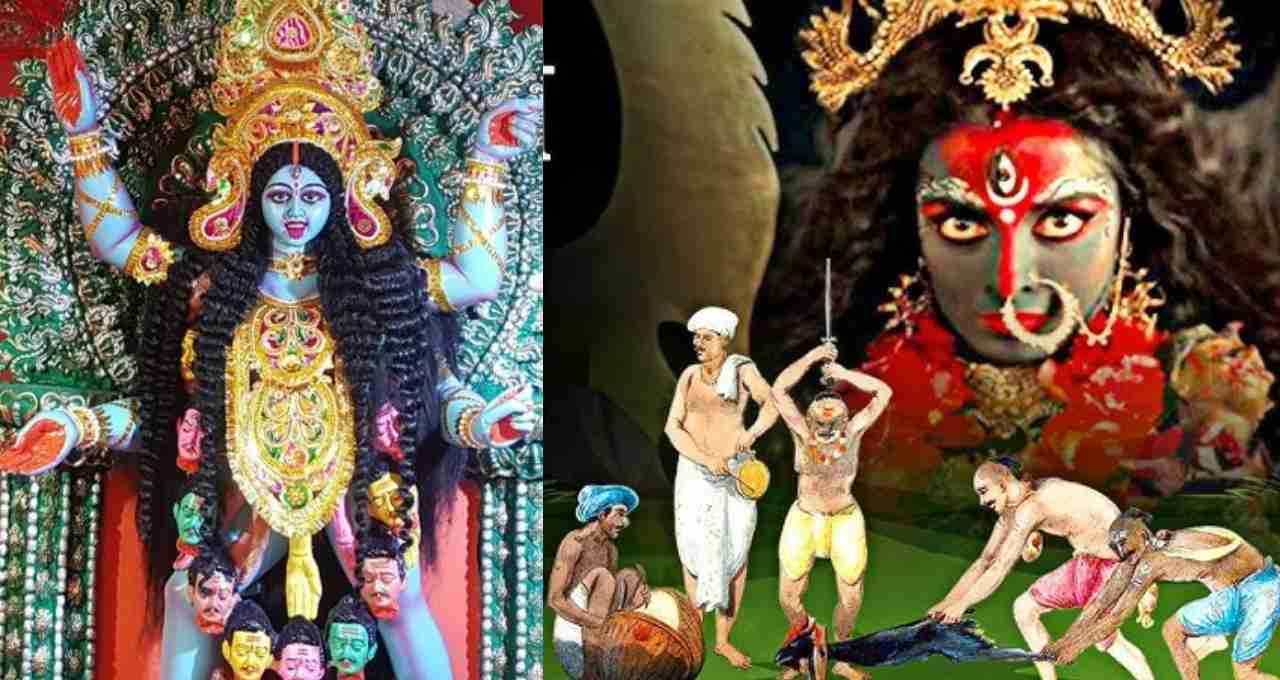
Swami Kailashanand Giri also said that some forms of the Goddess, such as Maa Kali, Maa Tara, Maa Chhinnamasta, Maa Kamakhya, Maa Dhumavati, etc., are said to drink blood. But this does not mean that they demand animal sacrifice. He says that the Goddess herself destroys the wicked and drinks their blood, so that the world can be protected.
The Place of Sacrifice in the Shakta Tradition
In the Shakta tradition of Hinduism, the Goddess is considered the ultimate source of power. In this tradition, Maa Durga, Maa Kali, and Maa Tara are especially worshipped. Scriptures such as the Kalika Purana and the Devi Bhagwat Purana mention the offering of sacrifices to please the Goddess.
In this context, examples are given of regions like West Bengal, Odisha, Assam, and Nepal, where goats, chickens, or buffaloes are still sacrificed during Navratri, Kali Puja, and other special festivals.
Prohibition of Violence in the Vedas
However, on the other hand, a different perspective is found in the Vedas regarding the practice of sacrifice. A verse in the Samaveda says:
"Na ki deva ineemasi na kya yopayamasi. Mantra shrutyan cha ramasi."
It means: "O Gods, we do not commit violence, nor do we perform any such rituals. We act according to the commands of the mantras."
Scholars believe that violence or animal sacrifice is not recognized in the Vedic tradition.
Religious Tradition vs. Modern Thinking

Two sides still exist in society regarding the practice of sacrifice. On one hand, it is considered necessary in the name of tradition and faith, while on the other hand, it is demanded to be abandoned as inhuman.
The words of saints like Swami Kailashanand Giri certainly make it clear that the true meaning of sacrifice is not just the sacrifice of animals. He also explained that sacrifice can only be symbolic, which reflects the devotee's devotion and dedication.
Where Does Sacrifice Still Take Place Today?
Sacrifice is still practiced in some major temples across the country:
- Kamakhya Temple (Assam): The practice of sacrifice is especially seen here during the Ambubachi Mela.
- Kali Ghat (Kolkata): Traditional sacrifices are also offered here on some occasions.
- Chinnamastika Temple (Jharkhand): The tradition of offering sacrifices to the Goddess is maintained here.
- Gadhimai Temple of Nepal: Thousands of animals are sacrificed here in the Bali Mahotsav (Sacrifice Festival).
A Matter of Faith and the Perspective of the New Generation
Today's new generation is more aware, while faith in religion is also maintained. Many young people are trying to understand religious customs and are beginning to see tradition from a humanitarian perspective. In such a situation, the words of saints like Swami Kailashanand Giri help in maintaining balance.
